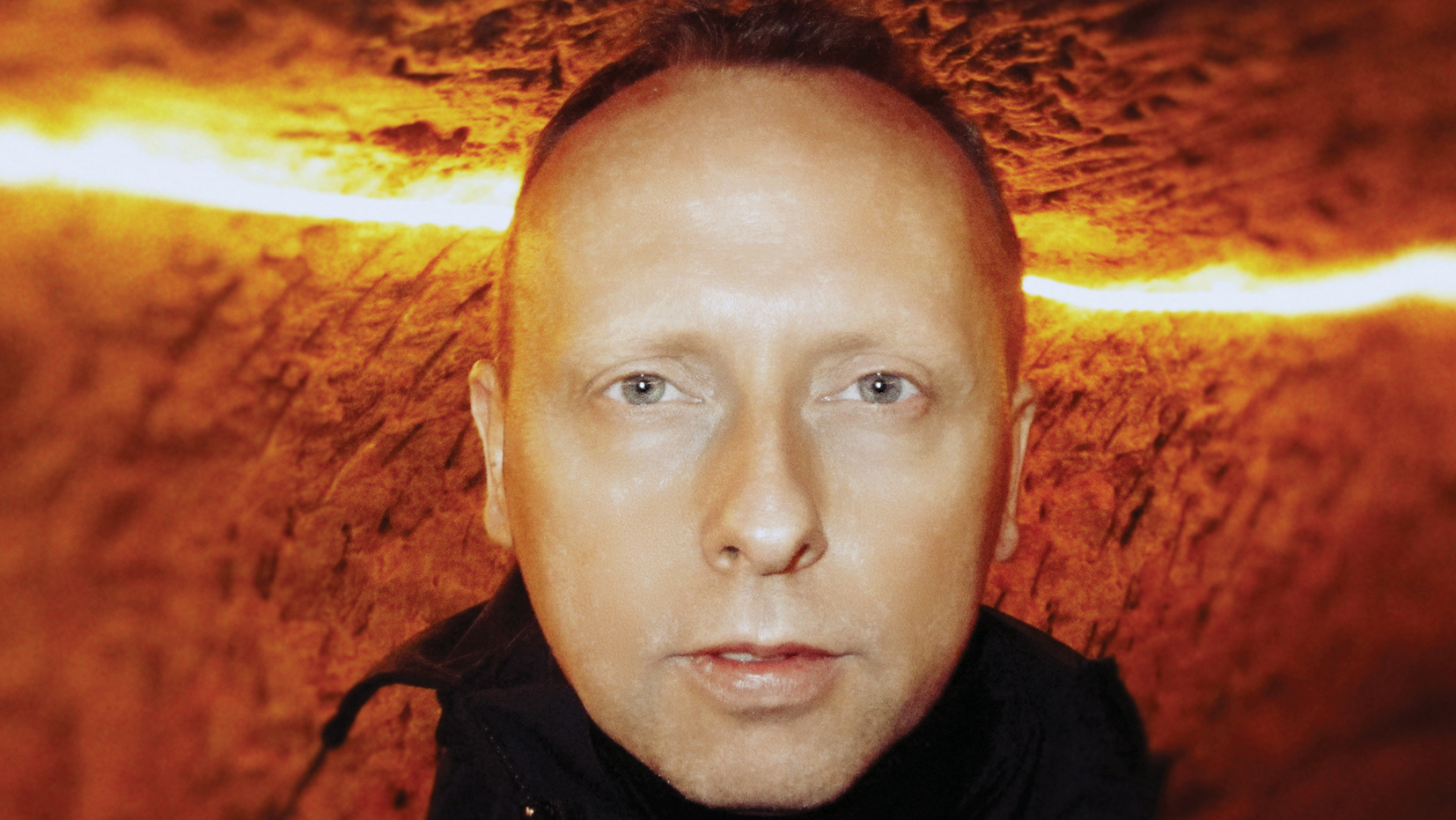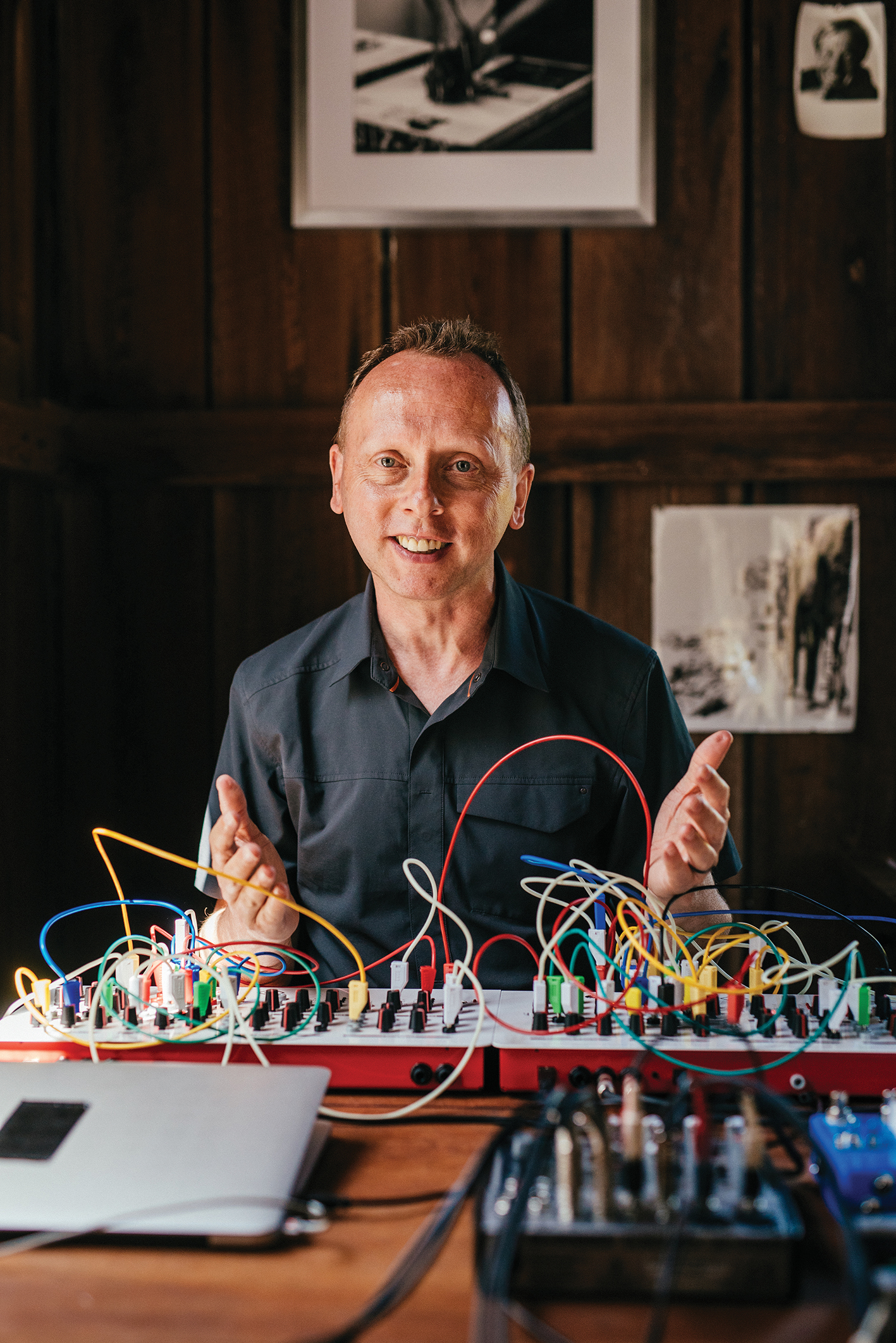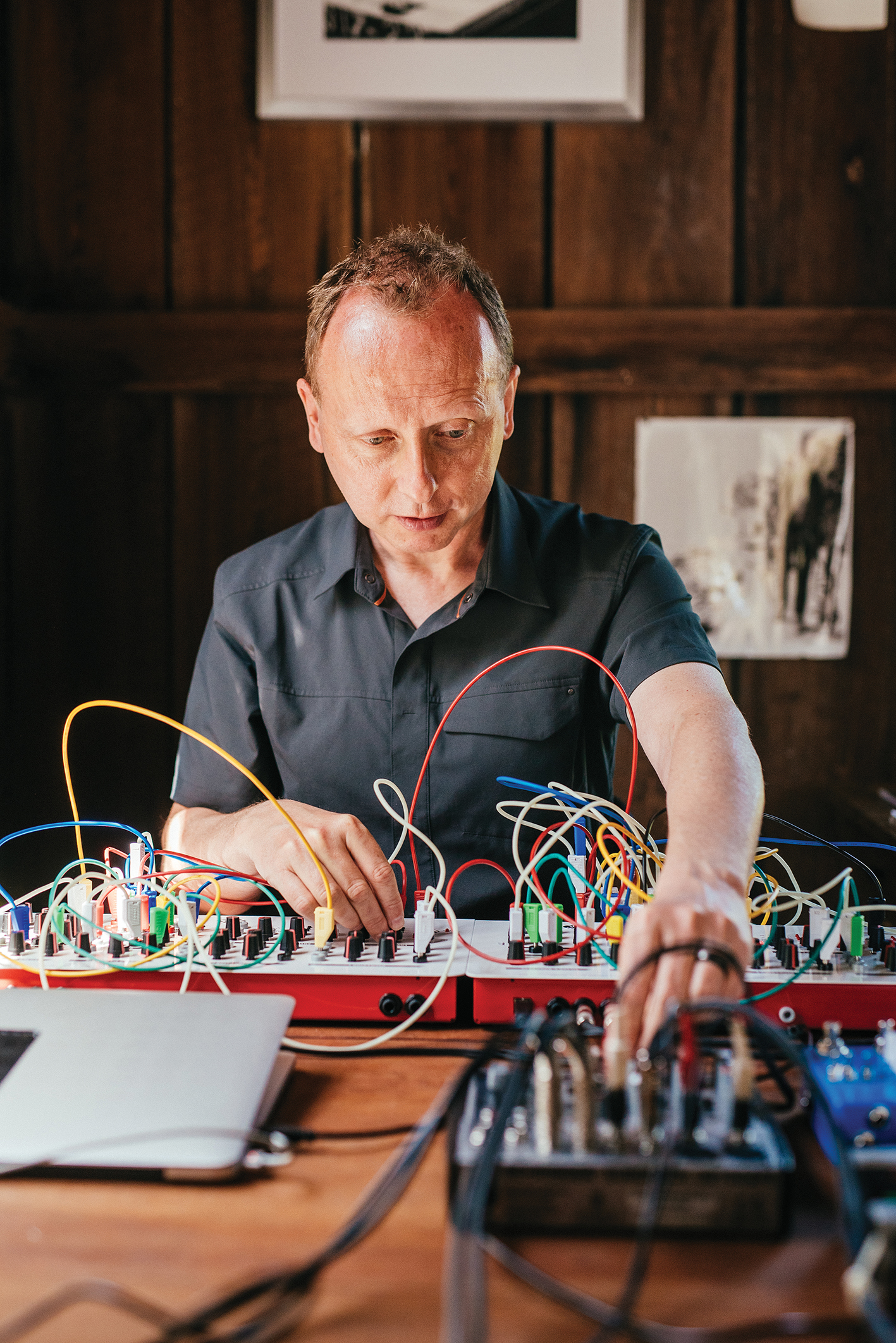Scanner: "When I'm mixing, I play a kind of sonic Jenga. What can I remove, so that the work remains resilient and yet still tells the story?"
Electronic artist, producer, gear explorer, film composer, and modular master Robin Rimbaud has been releasing music as Scanner and other acts for more than four decades. Here, he gives us a more electronic expert viewpoint on what separates a demo from the finished article…

Robin Rimbaud’s early adventures as Scanner included sampling mobile phone conversations by way of a police scanner, but since then he has been involved in a vast range of other projects.
He has been commissioned for sonic art installations by prestigious organisations including the Tate Modern and collaborated with artists including Musique Nouvelles, Michael Nyman, Alexandra Strunin, and opera singer Patricia Rozario.
Rimbaud has also soundtracked many films and other media, curated exhibitions and always been at the cutting edge of music technology. His latest projects include new label, Alltagsmusic (Everyday Music), which he set up, “to release both my own solo works, but also collaborations with other artists, as well as live album, film, ballet scores and more,” and he also presents an electronic music show, EarSpace, on Slack City Radio.
Robin owns some extraordinary gear and an amazing space in which to use it. Who better, then, to cast an electronic eye and ear over what turns DIY electronica into release-ready music?
What are the most common issues you hear with electronic music that hasn’t been professionally mixed and mastered?
“If I see the audio file is peaking, like a huge concrete block, then I’m cautious. I can turn up the volume – you don’t need to do this for me! The strength of a piece of music should come through beyond the sheer volume. Sometimes I would rather hear a roughly recorded demo than a saturated blast!
Don’t send an hour of music to a stranger, send 10-15 mins of your strongest material. No label or producer has that level of commitment.
“Mixing is often an issue, especially regarding EQ and sounds battling for attention. Far too many ambient tracks have too much reverb. Reverb has an important role to play in all styles of music, but when it becomes the focus, I question: what is it hiding?”
Want all the hottest music and gear news, reviews, deals, features and more, direct to your inbox? Sign up here.
How do you know when a demo has potential?
“I try to act like a casual listener, what you might call ‘inactive’ listening – the strength of the music can break through any routine, something that can stop me in my tracks and encourage me to want to learn who the artist is. If I’ve listened to a demo and forgotten what it was by the end, that’s not a good sign.”

If there was one piece of advice you could give to people creating demos with the hope of releasing them, what would it be?
“Don’t send an hour of music to a stranger, send 10-15 mins of your strongest material. No label or producer has that level of commitment. Today, someone sent me almost five hours of music. Come on guys, be considerate!
“And remember, this is an art, not a science, so don’t get hooked on every frequency or aspect, don’t get lost in the story you are trying to tell. Some of the best music was recorded in a bedroom with a couple of cheap microphones.”
When mixing your own or other people’s music, what’s your ‘to do’ list?
“I’m a great reductionist, so I play a kind of sonic Jenga. What can I remove, so that the work remains resilient and yet still tells the story? For my music, I’m not working with more than six to 10 stems. For my new album, Alchemeia, most tracks had no more than four stems. But if I am producing or mixing a band it can easily be 40 stems.
“So I work systematically through the groups of instruments, muting everything and focusing on the drums, for example, finding a good balance, and using compression, EQ and saturation to get the cleanest, warmest sound. I repeat this with each instrument, balancing out close mics, DI recordings, etc. In the end I’m not trying to actively mix 40 channels of audio, but just a handful.
Stepping away from the screen and mixing with faders, adjusting levels and EQ has been life-changing – using my ears and not my eyes!
“For my own work, I remove unnecessary low end, and reduce channels battling with similar frequencies. I often use Soothe2 by Oeksound to round off edges on percussion, guitars, synths and anything that might bite like an angry dog.
“I leave the mix alone at the end of the day and mix it down to stereo. The next day, or later, I return to listen to the mixed file, not using the screen, but playing it on my laptop, or phone speaker to compare how it works on different devices. Taking time away from any recording is absolutely essential to the process.
“I’ve been using the Softube Console 1 and Fader since they first appeared and they’ve helped enormously. Stepping away from the screen and mixing with faders, adjusting levels and EQ has been life-changing – using my ears and not my eyes!”

Do you have a particular plugin process that you like to employ?
“It’s simple: I begin with EQ to balance out each sound, removing highs, balancing lows, then add compression and balance the levels. Any effects are on send and return so I can add as little or as much as I want.”
What is your most common ‘I wish I didn’t have to do this’ process you find yourself doing?
“I love mixing down, to reveal what’s possible from these sounds, all sitting there unbalanced, roughly edited, noisy, strange and quirky waiting for my attention! Having said that, my hearing isn’t the best, and so I need to use a spectrum analyser so I can physically check that my mix isn’t going to assault someone with younger and better ears!”

You’ve worked with some incredible technology. What are you using these days?
“My studio, Fabriek 180, is in a former textile factory with six-metre high ceilings and three-metre high windows. I only work during daylight, never in the evening, never at the weekend. I begin early and finish early. I’ve kept this discipline for years – it helps to maintain focus.
“I have a generous amount of hardware and software which includes a Buchla 200e, a Serge system, Elektron, Roland, some of the usual suspects and plenty of one-off, weird builds. And, of course, some truly inspiring software. I consider these a little like a well-stocked kitchen, where I can make a sonic meal out of some ingredients. So sometimes it might be using my old Yamaha SY22 synth with my Fostex 280 4-track, at other times purely software.”
What is the one thing in the production process that lifts a demo from being ordinary to extraordinary?
“The ability to surprise, giving breathing space to a track, for example. Don’t always consider it a linear work that has to build, but surprise in interesting and intriguing ways: a tempo change, a switch in dynamics, a moment of silence – anything that catches the ear.”
Scanner's Alchemeia is out now on Alltagsmusic (Everyday Music).


Future Music is the number one magazine for today's producers. Packed with technique and technology we'll help you make great new music. All-access artist interviews, in-depth gear reviews, essential production tutorials and much more. Every marvellous monthly edition features reliable reviews of the latest and greatest hardware and software technology and techniques, unparalleled advice, in-depth interviews, sensational free samples and so much more to improve the experience and outcome of your music-making.
